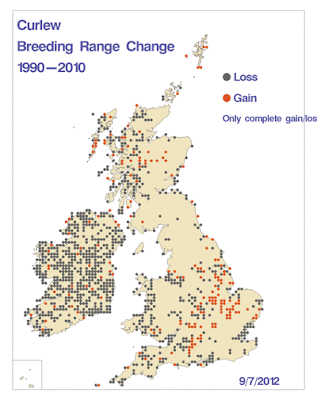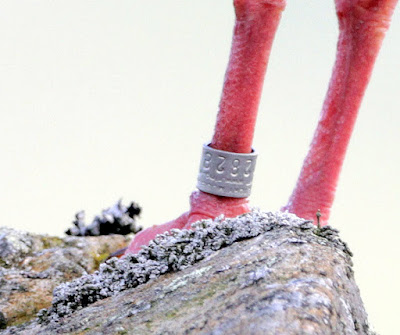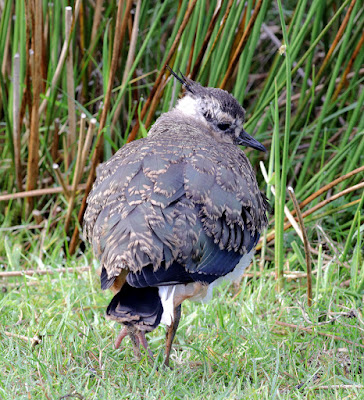There was 30 minutes to spare before the meet with Andy at the Sand Martin colony so I stopped off at a place I know.
Barn Owl
Barn Owl
Barn Owl
Regular readers will be familiar with our Sand Martin dilemma. “How do we catch martins when the tightly packed colony of 400+ birds is some 40ft up a sheer face of slippery sand and gravel?” Well the answer is - “we don’t”.
In the morning shade we set a couple of mist nets on the floor of the quarry but the martins had little difficulty in outsmarting our tactics. The paltry five we caught consisted of four adults and one juvenile, so for the time of year, not a truly a representative age sample of the 400+ present when lots of youngsters should be around.
Sand Martins have superior eyesight, supreme manoeuvrability and great flying skills; how else would they catch insects on the wing and as a side skill, be able to avoid a mist net?
So it’s back to the drawing board and Plan B for our next visit.
Sand Martin
Sand Martin colony
Sand Martin colony
A local Kestrel hung around at the top of the quarry most of the morning, waiting on a fence post or hiding against the grass tussocks. It is more than likely a regular visitor looking for an opportunity to snatch an inexperienced youngster or pounce upon fledglings that leave the nest tunnels prematurely. It’s an easy meal that takes little effort. We watched a Carrion Crow stick its head into a nest tunnel until a gang of martins chased it away.
But when a small raptor dashed through the quarry and dropped into our net, it wasn't the anticipated Kestrel but a young male Sparrowhawk, also on the lookout for a quick snack. A colony of several hundred Sand Martins will always attract predators, mammalian or airborne.
Sparrowhawk
Sparrowhawk
In Sparrowhawks the
iris colour changes with age. Brownish-black at hatching, the iris becomes pale
lemon yellow within a couple of months. As the birds age, the iris goes from yellow to
orange and, in some adult males, wine red.
Sparrowhawk
Sparrowhawk
Back soon with more news and views.


















































































